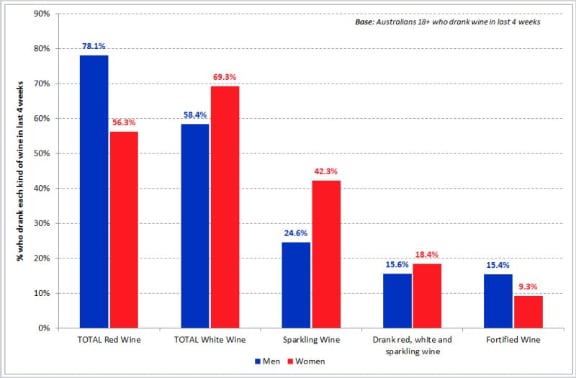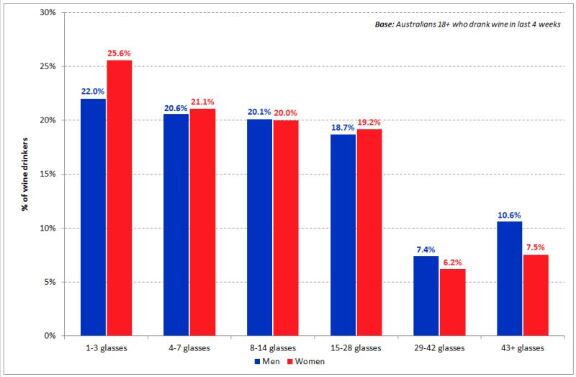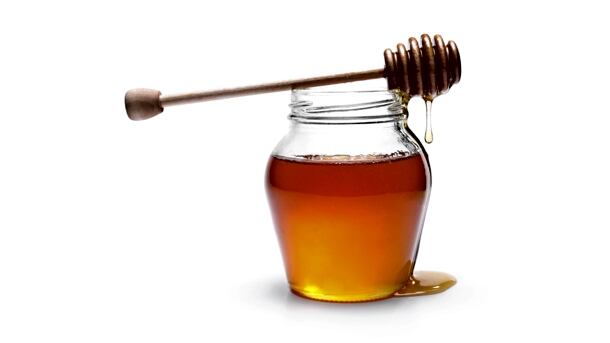In a first Australian study of its kind, researchers found that the prevalence of abdominal obesity was higher in children who ingested salt beyond recommended safe levels.
According to its author, the research is “ringing alarm bells as we now have good evidence to indicate the need to cut the amount of salt that our children are eating.”
The findings, published in the British Journal of Nutrition, come from a study that measured the salt intake of 666 primary schoolchildren aged 4-12 years.
Carley Grimes, lead researcher on the study, said her team wanted to get an accurate measure of just how much salt children are consuming.
“Because we excrete most of the salt that we eat each day in our urine, we asked children to collect their urine for a whole day. From this we were able to get an objective and accurate measure of how much salt children are eating,” said Dr Grimes.
The researchers found that 70% of them ate over the maximum salt recommended for good health, and on average consumed 6g of salt a day, compared to the recommended safe level of 4-5g.
”For every additional gram of salt children ate, this was associated with a 23 per cent greater likelihood of being overweight or obese. Such high intakes of salt are setting children up for a lifetime risk of future chronic disease such as high blood pressure and heart disease,” Dr Grimes added.
The researchers found that most of the salt intake came from everyday foods such as bread, cheese, ham and sausages.
“Foods that contain higher levels of salt may enhance the flavour of foods that are often also higher in fat and energy, and a salty diet may also encourage greater consumption of high-energy, sugar-sweetened beverages when these are available.”
According to Garry Jennings, chief executive of the National Heart Foundation, the study is cause for serious concern.
“It highlights the importance of salt reduction to reduce the risk of future chronic diseases such as high blood pressure and heart disease later in life,” said Professor Jennings.
Dr Grimes is now preparing for a new study to test if an online education programme can lower salt intake in primary schoolchildren.
More stories from Down Under…
NZ gets new food law, revised standards take effect across Australasia
New Zealand has implemented a new food Act this month, which places a increased emphasis on manufacturers to take responsibility for managing food safety.
The main changes in an overhaul of 35-year-old food safety rules focus on food production, rather than where products are made, control plans for higher-risk operators and a national programme for those who are lower risk, and improving enforcement of the new laws.
"The Food Act 2014 is designed to modernise food safety in New Zealand,” said Scott Gallacher of the Ministry for Primary Industries. “It will make it easier for businesses to make sure their food is safe.”
Katherine Rich, chief executive of the NZ Food and Grocery Council, has praised the new Act, calling it a “welcome modernisation of New Zealand’s food law”.
“The previous law was decades old and much has happened in food production during that time,” she said.
“Our country is known as a source of high quality, safe food and this legal update is vital to New Zealand's economic future as a supplier of food to the world.”
The MPI had done a thorough job in constructing a risk-based system that maintaining high standards without creating too much bureaucracy, Rich added.
However, not all sections of the food industry are supportive of the Act. Among them, the Hospitality Association has warned that the Act will have consequences for small businesses and force companies to pass on increased costs to consumers.
Meanwhile, a revised version of the food standards code in use across Australia and New Zealand has also come into effect. According to the antipodean food regulator, Fsanz, there will be no transition period from the old version of the code.
Steve McCutcheon, chief executive of Fsanz, said the revision aligns the code more closely with food Acts in Australian states and territories and in New Zealand.
“While the code looks a lot different, the changes are relatively minor in nature,” McCutcheon said, adding that he expected the food industry to benefit from “clearer, easier to follow” standards.
The new version of the code can be viewed on the FSANZ website.
Women lead the way in Australian wine consumption
Long considered beer guzzlers, Australians are actually more partial to wine, due largely to the number of women who are partial to a glass of the grape.

According to Roy Morgan Research, 37.6% of adults drank beer each month last year, compared to 45.1% who drank wine.
In 2015, 4.6m Australian women—or 49.0% of the adult female population—would regularly drink either red, white, sparkling or fortified wine, compared to 3.7m of men (41.2%).
White wine, consumed by 69.3% of female wine drinkers, was most popular, followed by red (56.3%), sparkling (42.3%) and fortified (9.3%). Those partial to red, white and sparkling accounted for 18.4% of female wine drinkers.
On the other hand, male wine drinkers are more likely to drink red wine (78.1%) than white (58.4%). They are also dramatically less likely than women to drink sparkling wine (24.6%), much more likely to drink fortified wine (15.4%) and somewhat less likely to drink red, white and sparkling (15.6%) in an average month.

Beer remains the clear favourite among Australian men, consumed by 58.1% of them in any given month.
Although women far outnumber men when it comes to wine-drinking incidence, the volume each gender consumes is fairly similar. Two-thirds of female wine drinkers and nearly 63% of their male counterparts report consuming less than 15 glasses of wine per month.
Even among those drinkers consuming more than 43 glasses of wine over the same period, the difference between men (10.6%) and women (7.5%) is not as large as one might expect.
“While the proportion of women who drink wine has fallen slightly over the last decade, from 51.8% to 49%, the decrease in male wine drinkers has been much more marked (from 48.1% to 41.2%),” said Andrew Price of Roy Morgan Research.
“There is frequently a social dimension to Aussie women’s wine-drinking: over 45% consume it in a licensed venue, and nearly 41% drink it at friends’ or relatives’ homes. By contrast, 34.6% of male wine-drinkers consume it ‘on premises’, and 32.5% do so at friends’/relatives’ homes.
“Not surprisingly, however, the comfort of home is the most popular place to enjoy a vino, for male and female drinkers alike (85.5% and 80.3% respectively).”
Manuka honey majors ink joint venture for Australian expansion
Australia’s leading honey manufacturer, Capilano, will form a jointly-owned apiary business with New Zealand health foods company Comvita based on a memorandum of understanding between the two companies.

The joint-venture will operate a number of facilities in Australia to produce Leptospermum—or manuka—honey for a range of medical and natural health products.
As an equal partner in the agreement, Capilano, which like Comvita already produces and markets manuka, expects to benefit by expanding in its home country and increasing its honey supply.
Compared to Comvita, which controls half of the global manuka market, Capilano currently has a 7% share though it is more advanced in its plant science capabilities.
Comvita, which already has a sales and marketing operation in Australia, though not a production base, will secure greater volumes of manuka honey to meet global demand.
"The driver for the venture is [Capilano] know the beekeeping world in Australia and we've got the experience of running a large apiary business," said Comvita chief executive, Scott Coulter.
The two companies have previously collaborated in a joint research initiative to investigate the medicinal properties of Australian manuka honey.
While New Zealand primarily produces Leptospermum scoparium, Australia has a number of Leptospermum species, including scoparium, that have similar anti-microbial properties.
In a joint-statement, Capilano and Comvita said they believe they will “achieve significant long-term benefits by working together”.
